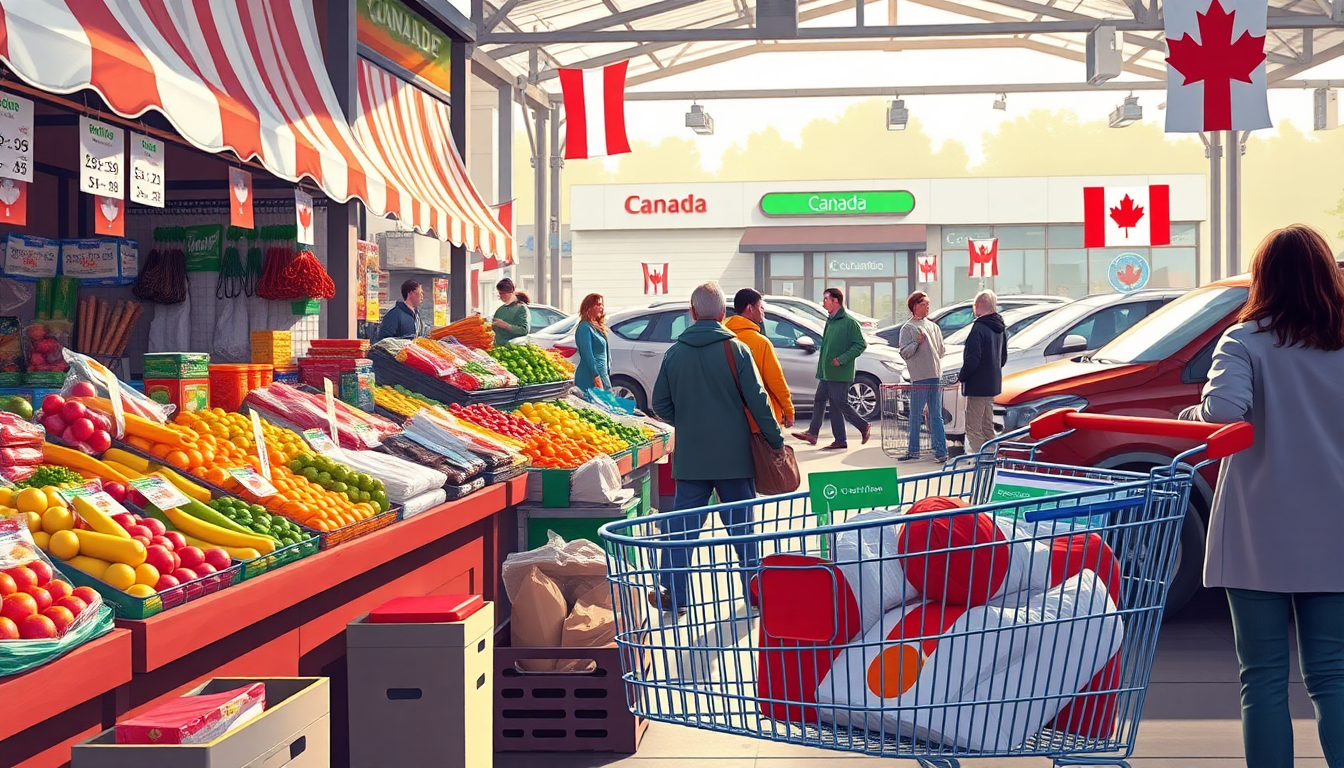Table of Contents
In June, Statistics Canada revealed a significant uptick in the inflation rate, largely driven by rising costs across various sectors, particularly in vehicles and durable goods. But what does this mean for everyday Canadians? Let’s break down these trends and explore their implications for consumers and the broader economic landscape.
Current Inflation Trends in Canada
As of June, Canada’s annual inflation rate climbed to 1.9%, up from 1.7% in May. This increase can be traced back to several factors, with the most notable being the consumer demand for both new and used vehicles. Interestingly, used vehicle prices have finally seen their first rise in 18 months—a clear sign of tighter inventories affecting the market. Have you noticed how hard it is to find a good deal on a car lately?
While gas prices held steady throughout June, last year’s drop in prices has skewed the annual inflation calculations, leading to a higher overall rate. This situation illustrates how tricky it can be to measure inflation, where comparing year-over-year figures can sometimes surprise us.
On another note, Canadians are feeling the pinch in sectors like furniture and other durable goods, contributing to the rise in inflation. However, there’s a silver lining: food and shelter costs have seen lower inflation rates, giving consumers a bit of breathing room. This mixed bag of inflation indicators offers a complex yet intriguing picture of the Canadian economy as it adjusts to these shifts.
Consumer Impacts and Sector Analysis
The rise in inflation isn’t hitting every sector equally; some are experiencing more significant changes than others. Take the automotive sector, for example—new and used vehicle prices are on the rise, driven by supply chain disruptions and a resurgence in consumer demand as the economy bounces back from the pandemic. Do you think it’s worth investing in a vehicle right now?
Meanwhile, the furniture market is also seeing increased prices as people prioritize home improvement and comfort. This trend has been amplified by the pandemic, as more individuals adapt to remote work and lifestyle changes, leading to a surge in spending on home-related products.
In stark contrast, the food and shelter sectors have remained relatively stable, with inflation rates staying lower. This balance is crucial for households, helping to manage the overall cost of living even as other prices climb. Understanding these dynamics can empower consumers to make smarter choices when it comes to spending and budgeting.
Future Outlook and Economic Considerations
Looking ahead, the Bank of Canada’s core inflation metrics don’t show signs of easing, suggesting that inflationary pressures may stick around for a while. These trends will be key for policymakers as they craft monetary strategies to stabilize the economy while tackling inflation concerns.
The relationship between consumer behavior, supply chain challenges, and monetary policy will be essential in shaping the future of inflation. As sectors like automotive and durable goods adapt to these economic realities, consumers will need to stay alert and flexible. Are you ready to change your spending habits if necessary?
In conclusion, while the recent rise in inflation may introduce some hurdles, it also opens doors for consumers and businesses to recalibrate and respond effectively to the evolving economic landscape. By staying informed and adaptable, we can all navigate these changes and make wise decisions in the face of inflation.


